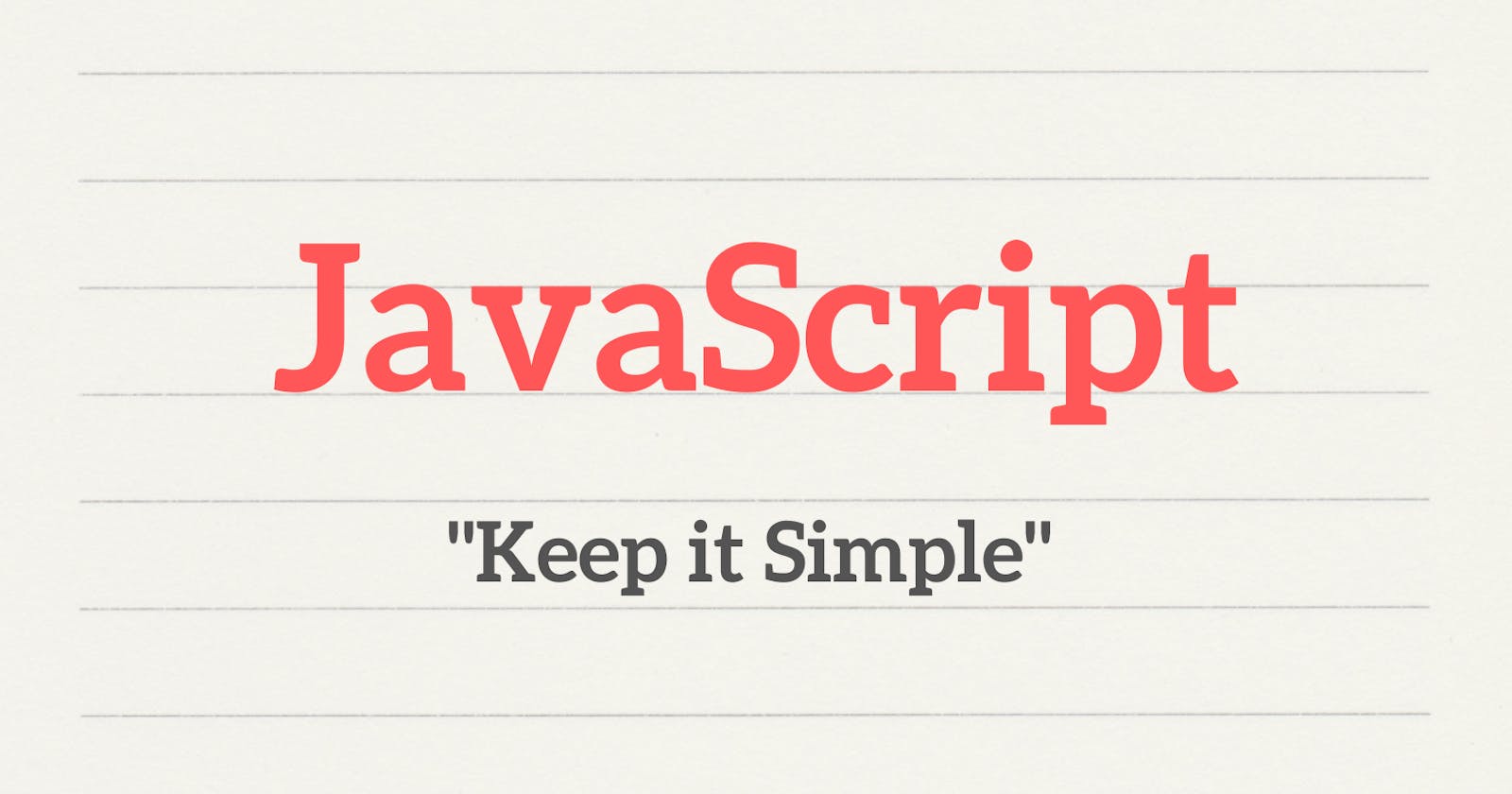What are data types?
The data types are just categorizations of data into different types depending upon various use cases. Javascript categorizes data into two types.
Primitive - Immutable values
number
string
boolean
bigInt
null
undefined
symbol
Object - Anything which is not primitive.
Number
Integers or floating point numbers. In JavaScript, primarily they are defined using Number Literals.
Examples: 123, 12.3
Note: BigInt is an extension of the Number data type with high precision.
String
Text data. In JavaScript, strings are primarily defined using String Literals.
Examples: "Hello" 'Hello'
Boolean
Logical values - True or False also called Boolean Literals. Booleans are usually used in combination with control statements like if-else, for loop, switch etc.
Null and Undefined
These are special values used in different use cases. The most common use case is to use them as a pre-initialized value for a variable.
null indicates the absence of an object value, which could be defined later.
undefined indicates the absence of a primitive value, which could be defined later.
Object
Objects are mutable, unlike primitive values. We define an object in the form of key & value pairs. Each pair is called a property. Where a property key could be any valid JavaScript identifier. A property value could be any valid JavaScript datatype including objects.
Example
{
key1:"Hello" //string as value
key2:123 //number as value
key3:true //boolean as value
key4:{ } //object as value
}
Property value could be a function also ( in JavaScript functions are callable objects), we call them methods.
{
firstName:"Subham",
lastName:"Sahu",
getFullName: function () { // method
return this.firstName + this.lastName;
}
}
For you to explore.
Learn about,
symbol data type.
typeof Operator.
What Next?
What are other ways to define each data type?
Can we convert one data type to another?
